Rising Incidence of Biliary Disorders
The prevalence of biliary disorders, including cholangitis and biliary obstruction, is on the rise, significantly impacting the Biliary Catheters Market. Factors such as an aging population and lifestyle changes contribute to this increase. According to recent data, the incidence of biliary disorders has escalated, leading to a higher demand for effective treatment options. This trend is likely to drive the market for biliary catheters, as healthcare providers seek reliable solutions to manage these conditions. The growing awareness of biliary disorders among patients and healthcare professionals further fuels the demand for advanced biliary catheters, indicating a robust market potential.
Focus on Minimally Invasive Techniques
The Biliary Catheters Market is witnessing a notable shift towards minimally invasive techniques, which are preferred for their reduced recovery times and lower complication rates. As healthcare systems increasingly prioritize patient-centered care, the demand for procedures that utilize biliary catheters is expected to rise. Minimally invasive approaches, such as endoscopic retrograde cholangiopancreatography (ERCP), are becoming standard practice, leading to an increased utilization of biliary catheters. This trend is supported by data indicating that minimally invasive procedures can lead to shorter hospital stays and improved patient satisfaction, thereby driving the growth of the biliary catheters market.
Technological Advancements in Biliary Catheters
The Biliary Catheters Market is experiencing a surge in technological advancements that enhance the efficacy and safety of biliary procedures. Innovations such as the development of biodegradable catheters and advanced imaging techniques are becoming increasingly prevalent. These advancements not only improve patient outcomes but also reduce the risk of complications associated with traditional catheterization methods. The introduction of smart catheters equipped with sensors for real-time monitoring is indicative of a shift towards more sophisticated medical devices. As a result, the market is projected to grow at a compound annual growth rate of approximately 6% over the next few years, driven by these technological innovations.
Growing Awareness and Education on Biliary Health
The Biliary Catheters Market is benefiting from increased awareness and education regarding biliary health among both healthcare professionals and patients. Campaigns aimed at educating the public about biliary disorders and their treatment options are gaining traction. This heightened awareness is likely to lead to earlier diagnosis and treatment, thereby increasing the demand for biliary catheters. Additionally, healthcare providers are increasingly focusing on training and education to ensure that practitioners are well-versed in the latest techniques and technologies related to biliary catheterization. This trend is expected to further stimulate the market, as informed patients and skilled professionals drive the adoption of advanced biliary catheter solutions.
Increasing Investment in Healthcare Infrastructure
Investment in healthcare infrastructure is a critical driver for the Biliary Catheters Market. Governments and private entities are allocating substantial resources to enhance healthcare facilities, particularly in emerging markets. This investment is aimed at improving access to advanced medical technologies, including biliary catheters. As healthcare systems expand and modernize, the demand for high-quality biliary catheters is likely to increase. Furthermore, the establishment of specialized centers for biliary disorders is expected to create a favorable environment for the growth of the biliary catheters market, as these centers require advanced catheterization solutions to provide optimal patient care.
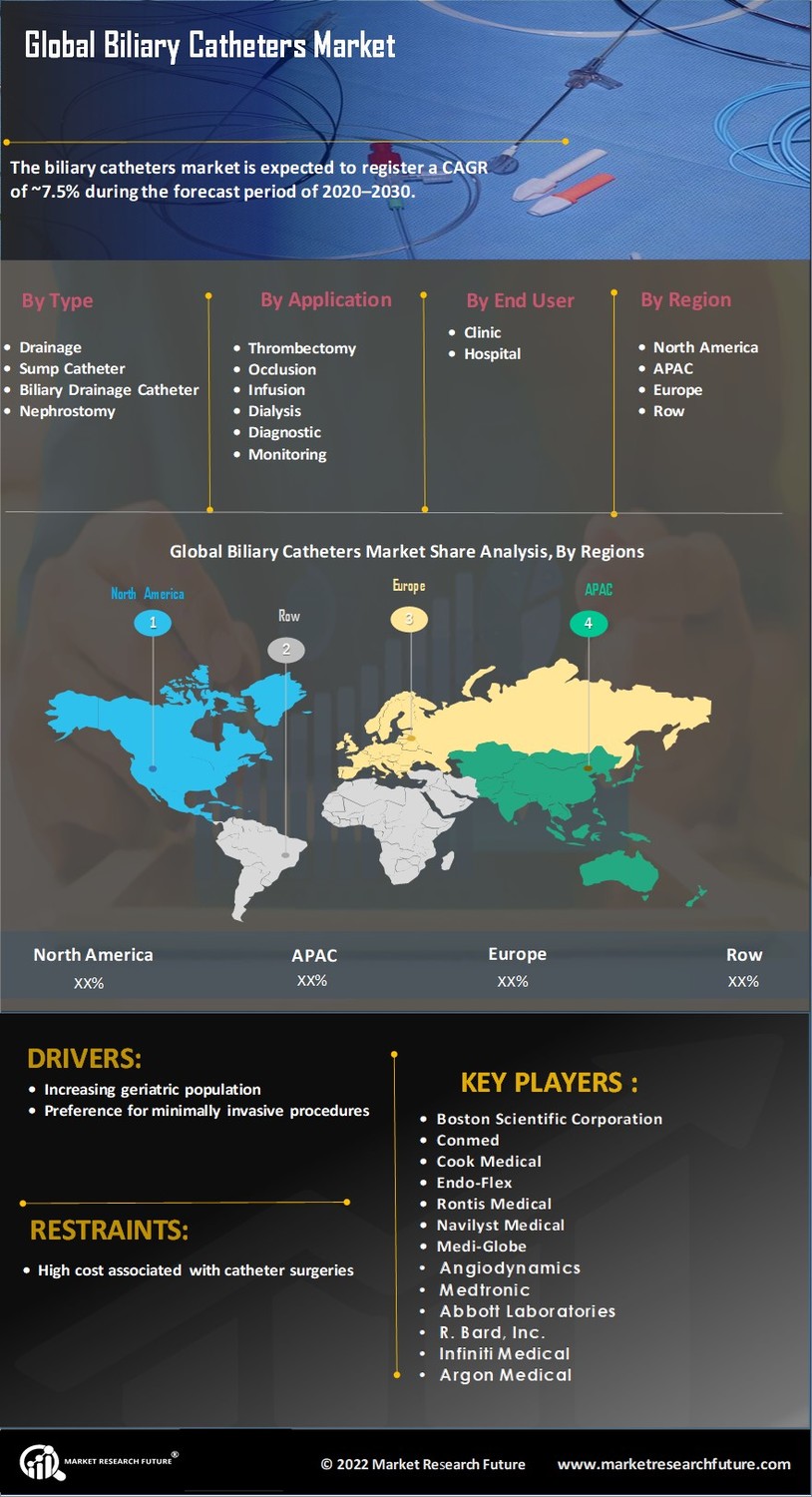

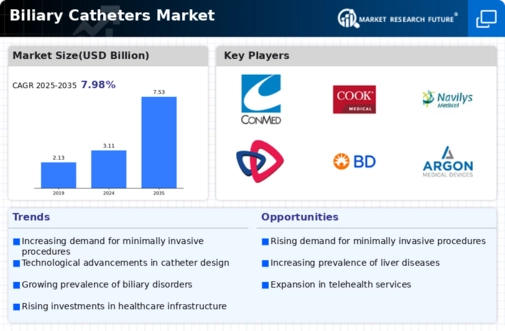
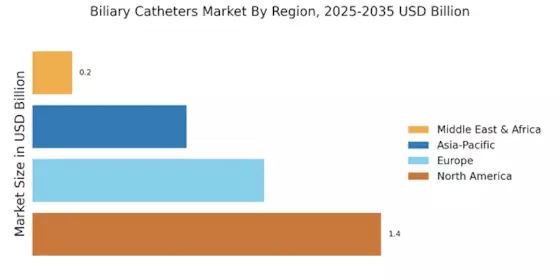


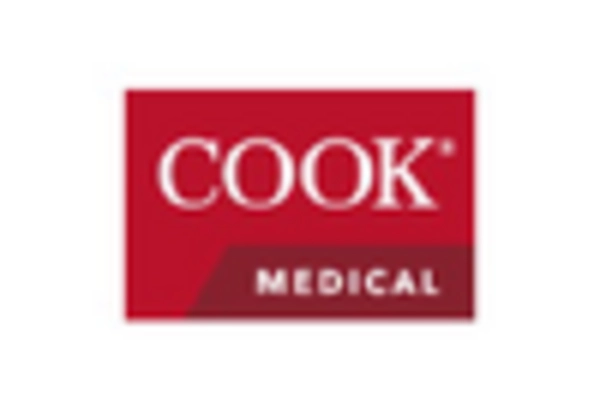
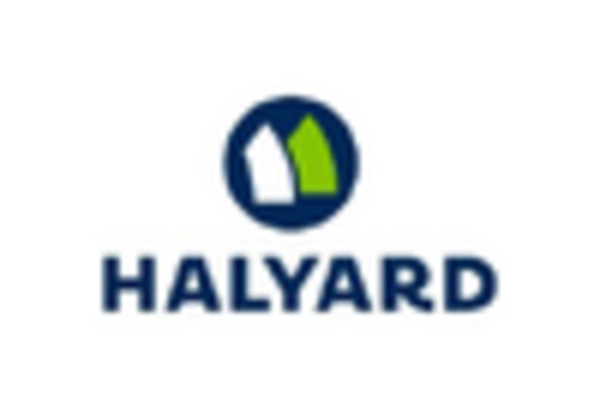










Leave a Comment